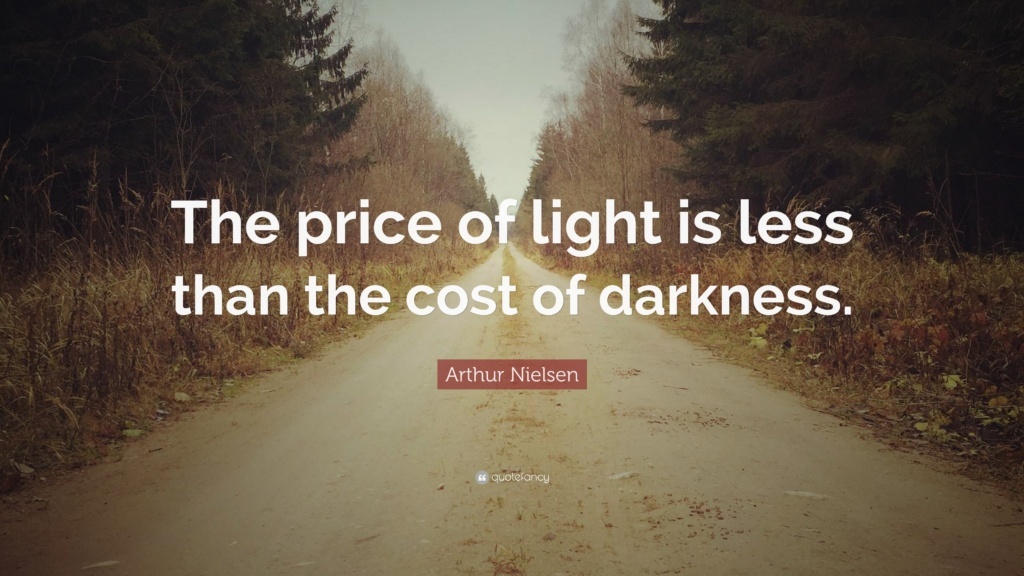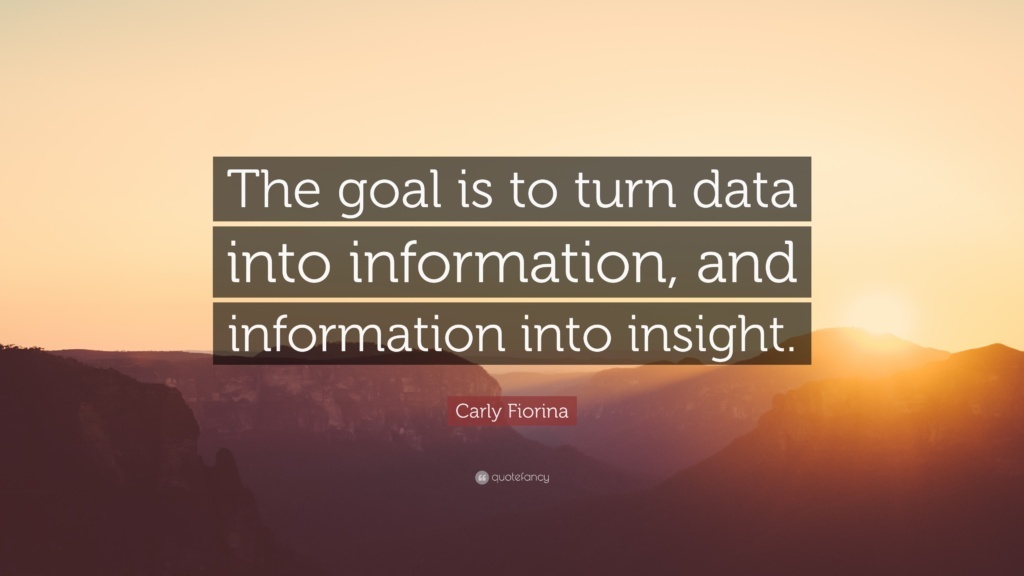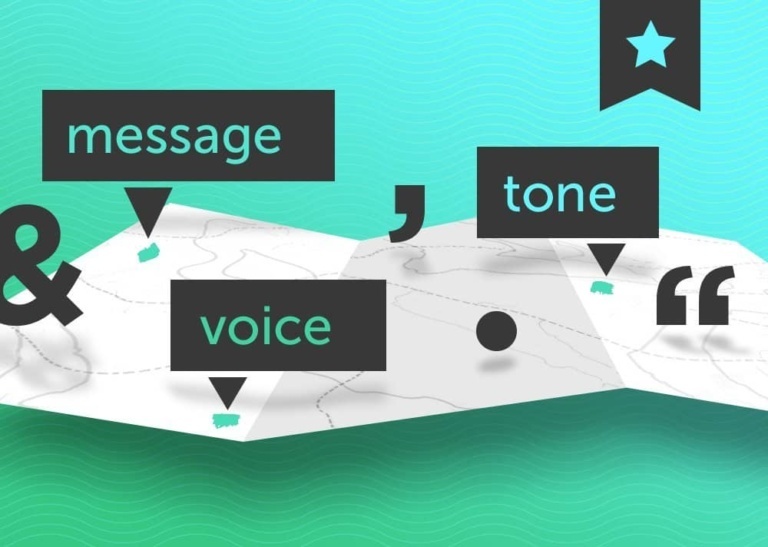Posted by
on
While businesses spend most of their marketing budgets on paid promotions, they fail to understand the role of Content in influencing consumer’s purchase decisions. Due to lack of sufficient quantifiable metrics for evaluating the effectiveness of deployed content strategies, just an insignificant portion of investments are channeled towards content curation.
However, the framework of ‘Content Strategy’ is not limited to creating website content, SEO centric blog posts, and promotional ad copy. With Google Analytics implementation, we can now derive actionable insights beyond ‘page views’, ‘comments’, ‘shares’ and ‘lead conversions’. This tool makes the content quality comprehensively quantifiable.
“Data is the new currency, and it’s the medium of exchange between consumers and marketers.”
~ Lisa Utzschneider”
Since a digital consumer absorbs content differently, a blanket content approach will not work across all communication touch points (TV, Radio, Digital, Outdoor, Print). Basically, an online content strategy begins with creating a sketch of the customer profile. Then the brand’s unique selling proposition is identified, something that can be sold to the prospective customer. This keeps evolving over time through the trial-and-error process. Google Analytics or any tracking software for that matter needs a lot of time for optimizations and testing, to get a grasp on the key content marketing metrics (around 8-12 months). Why that long? Well, there are many variables in the market that could have led to the spike or drop in traffic like the user behaviour during festivals, events, calamity etc. Sometimes competitors run aggressive marketing campaigns to get Users’ mind share. Maintaining a comprehensive record of all content-led experiments will help you in understanding these market factors in the context of User behaviour.
To get holistic content insights, we must have an overview of some other data points as well. Before accessing Google Analytics reports, be ready with the following:
- Get an update on online/offline media campaigns run by the marketing team.
- Check if any festival, national holiday or event was observed during the report time frame.
- Historical metrics data to gauge the performance of recently implemented changes.
- SEO initiatives on the website/blog.
- Communication on Website banners, display ads, social media, emailers and newsletters.
Note: It is also important to check if GA codes are placed properly on your website (especially on the ‘thank you’ pages). You can use many SEO plugins like RankMath or AIOSEO (All In One SEO) that automatically places GA code across the website without hassles. In case you are not planning on getting into SEO stuff right away, you can simply opt for Google-specific plugins like GA Google Analytics and Google Site Kit. These will work fine as well!
Pro Tip – Download Google Analytics mobile app to access your website performance on the go. It allows you to check the stats of multiple websites from a single place.
Now let’s focus on different GA metrics we can use for improving our content strategy:
Google Analytics has five main modules: Real Time, Audience, Acquisition, Behaviour and Conversions. We can derive six types of content optimization metrics using these modules.
1. Content Flow Metrics
GA metrics like website traffic, sources of traffic, unique visitors and page views are used for gauging the content roadmap of websites and the relative effectiveness of content marketing initiatives. Here, the term ‘unique visitors’ refers to the distinct set of visitors who viewed a website page during a session. Their visit pattern is critical as it means that they are potential customers.
‘Traffic Source’ helps to know which all communication channels succeeded in bringing Users onto the website and identify the underlying positive triggers. Let’s see how you can use this metric. Example – If you are planning on running an emailer campaign, you can use the GA code to link back the source of website visitors to that specific campaign. You can also know what kind of subject lines (hook lines), content tonality and offers work for your audience. Not just that. Google Analytics allows you to track visitors in real-time, see the cascade of pages they browse, and what interests them. These data points can provide exhaustive insights into the type of content and placements that are working for your brand and hint at what needs to be tweaked in your customer communication strategy.
Tip: For deriving actionable insights, just make sure you keep the time frame same/comparable while extracting your GA reports.
2. Engagement Metrics
These metrics reveal the quality of the content disseminated, by answering questions like:
- How much time did the user spend on your blog page (session duration)?
- How many times did he return to view more content (repeat visitors)?
- What type of content is adding value to the user(vlog, blog, reviews, demos, FAQs etc.)?
- What time is my audience most active(hourly traffic)?
- How many blog posts do they read on an average (recency & frequency)?
They are helpful in establishing brand recall, building customer loyalty and garnering repeat purchases. So, if we can see the pattern in their navigational behaviour on a website, we can understand how to improve it to make users reach the transaction page. We can know what kind of communication propels them to the next step or how effective the text on call-to-action button is. A good example of such optimization is if a customer visits Testimonial section of a website and then moves directly to pay for the recommended service he gives a clear indication of his purchase trigger. So, now the testimonial page and its placement across website should be boosted.
3. Audience Profile Metrics
A detailed demographic and geographic summary of users are available under the Audience module of Google Analytics. It further provides data points related to technology,used for accessing the website – browser, device & device model. Some examples of content optimizations using audience profiling are:
Under this module, we can understand the interests of the website/blog visitors and use them to build content on relevant topics.
If the majority of traffic is coming through mobile devices, then we can opt to keep the website/blog/email content short and not text-heavy.
If the website users are coming from a city with a specific ethnicity, then a campaign can be developed around an upcoming festival (popular in that city) and maybe use bi-lingual words/slang to build affinity.

4. Customer Behavioural Metrics
These metrics are related to trigger-points that make a visitor turn into a customer. Here, a ‘customer’ is not someone who just purchases a product or subscribes to a service, he is also referred to the one who is a potential customer and has positively engaged with the brand on the website/blog:
- Watched a vlog
- Filled up a form
- Added a product to the wish list or the cart
- Signed up for a newsletter
- Printed a page
- RSVPed to a webinar event
- Wrote a testimonial or a review
- Commented positively on a blog
- Downloaded a promotional PDF (case studies, whitepapers, brochures, eBooks).
- “Understand what makes a customer buy, endorse, refer or review a product.”

Google Analytics, in its Behaviour module, visually represents the user flow from the website landing page to the transaction page or conversion page. An example of leveraging this data point – Suppose that there is an incremental sale in a certain product category, majorly from mobile devices (by premium mobile device users) in a specific metro of a country. A short content strategy could be weaved around the bestselling product for customers in that metro, integrating language used in that country with an upcoming local event theme. Content strategy can include targeted promotional content on social media, event discount promotion on emailers and premium products focus on the website’s header content. These kinds of experiments can be done based on competitive analysis as well. If a competitor is using a specific theme-based message on his website header image or on social media handles, then you can mimic that in a strategic manner for a limited time frame to understand how your audiences react to such messaging.
This module is of great help in building the social media strategy of the brand. Through it, we get to know if our approach is in sync with the audience profile. Whether the opted social media channels work for the brand. It makes sense to streamline resource time on social media and focus on handles where the core audience engages maximum with the brand. Before deciding on the plan-of-action, you should cross-reference your GA findings with analytics reports of respective social media channels as well.
Google Analytics can help measuring such campaigns using its ‘Goals’ feature under Conversions module. It can report traffic sources, user location, the conversion funnel, value of conversions etc.
Before setting up a goal, don’t forget to check whether the GA code is placed properly on your transaction completed ‘Thank You’ page.
5. Follow-Up Metrics
Once we understand a user’s behaviour – ‘Subscribe’ / ‘Unsubscribe’ patterns on emails or newsletters, most availed offers, product preferences through wish lists etc. – it is a good idea to send him a follow-up email enquiring whether he would like to make a payment for the product lying in his cart or to inform him of availability of a ‘searched’ product that was previously out-of-stock or simply a request a feedback on his website experience.
Did you know there are specific Google Analytics plugins available for businesses that’re into e-tail and events? Such plugins can help you track your User Journey (on WooCommerce or booking platforms) easily. From visit-to-purchase, you can streamline your sales funnel easily!
6. Content Groupings
Although GA provides an enormous amount of insights, it can be further analysed using tracking codes and content groupings. Example – To know the effective length of a blog post on your website, you can implement a code with word count brackets. By this, you can know whether small articles (500-600 words) are working better than long articles (1200-2500 words) for your audience.
Inferences derived through content groupings can be further used for SEO content optimizations – Metadata, Keywords, Tags, Page Titles, Breadcrumbs etc. You can learn more about the coding part here.
What more?
Google Analytics provides the facility of downloading reports into ready spreadsheets or PDFs. These reports can be used to showcase the effectiveness of your content strategy and experiments. Insights collected can be further used for content placements across various marketing vehicles – display ads, text ads, email ads, press releases, landing pages, micro-sites, and newsletters.
Hope you found this post helpful. For getting your website’s content audited (or any other writing assignments) you can reach me at workwitharuna@gmail.com
Lorem ipsum dolor sit amet, consectetur adipiscing elit, sed do eiusmod tempor incididunt ut labore et dolore magna aliqua. Imperdiet proin fermentum leo vel. Sit amet volutpat consequat mauris nunc. Vulputate dignissim suspendisse in est ante in nibh.
Dictumst quisque sagittis purus sit amet volutpat consequat. Platea dictumst quisque sagittis purus sit amet volutpat consequat. Suspendisse faucibus interdum posuere lorem ipsum. Cum sociis natoque penatibus et magnis dis parturient montes nascetur.
At quis risus sed vulputate odio. Justo nec ultrices dui sapien eget. Eget duis at tellus at urna condimentum mattis pellentesque. Adipiscing elit ut aliquam purus sit. Egestas tellus rutrum tellus pellentesque eu tincidunt tortor. Facilisis leo vel fringilla est ullamcorper eget.
Recent Posts

Order Services

Book a training session
Word Studio, Content Writing Services | A part of 40 Graphix. All rights reserved.




